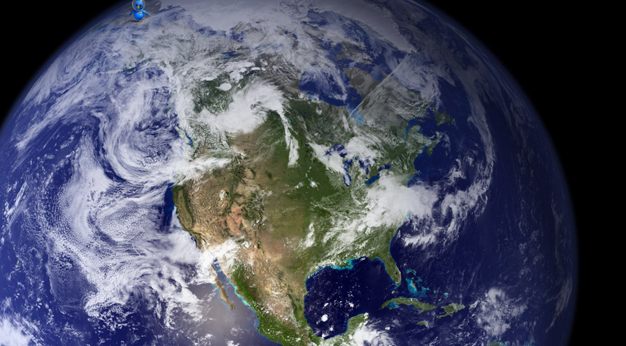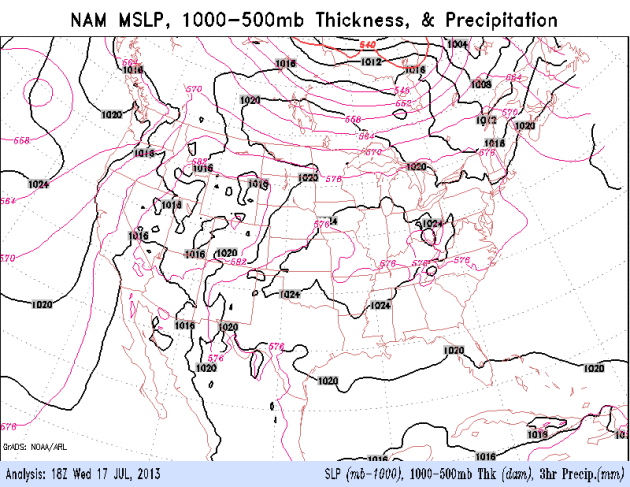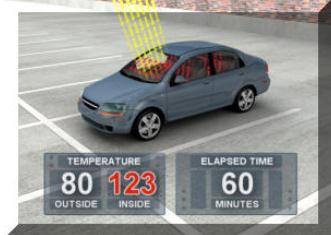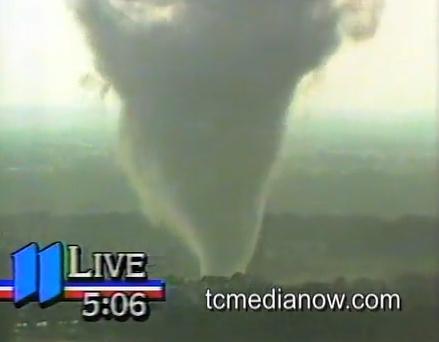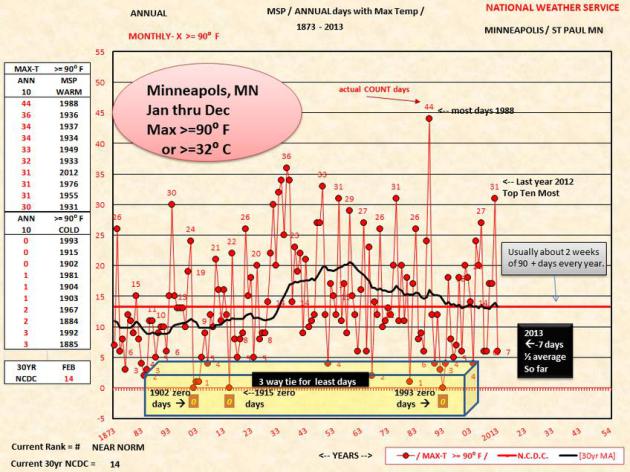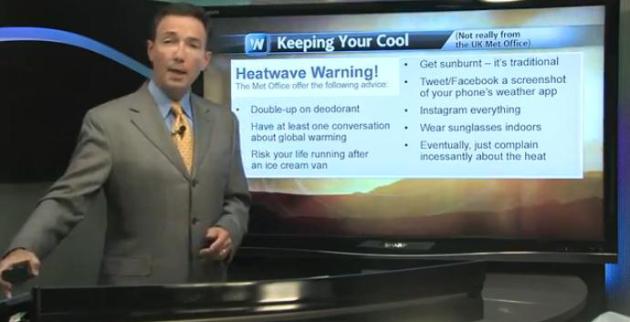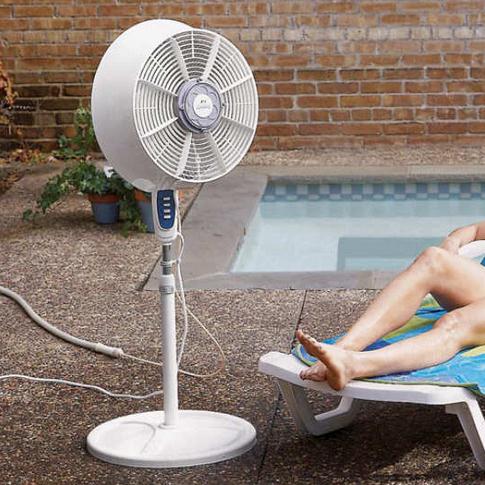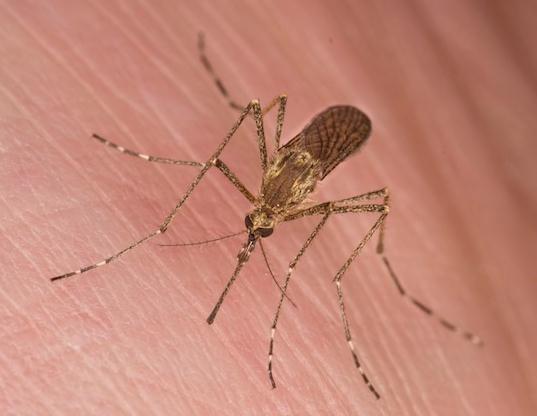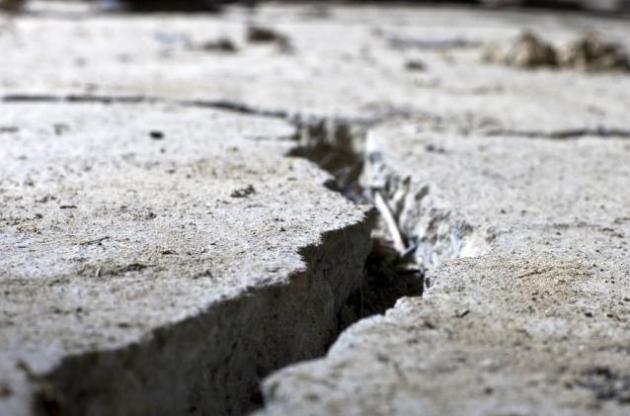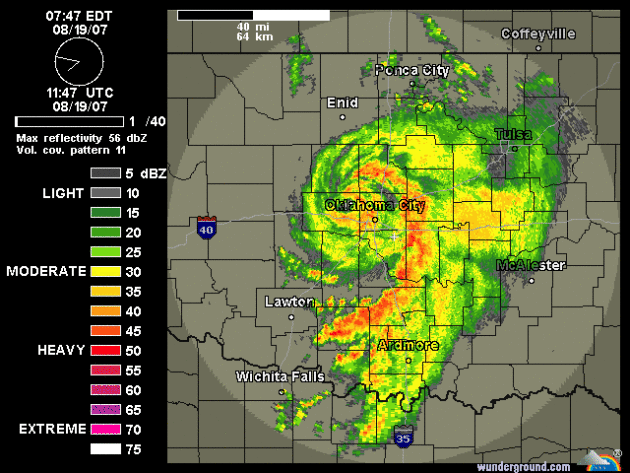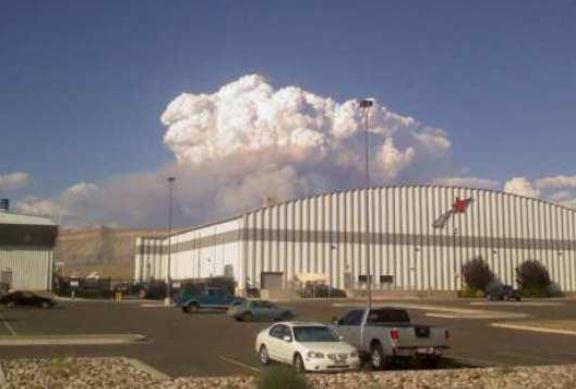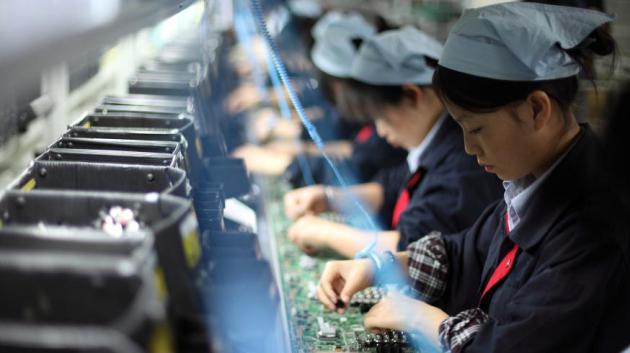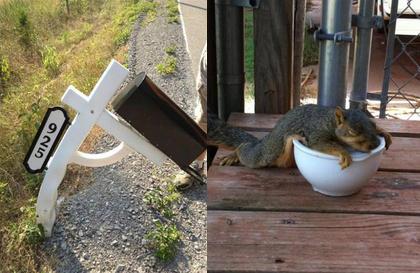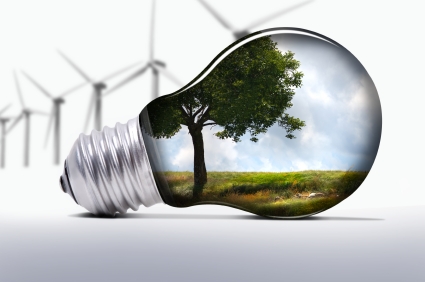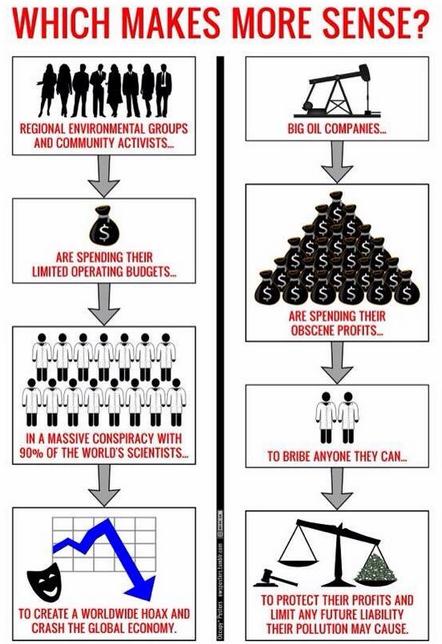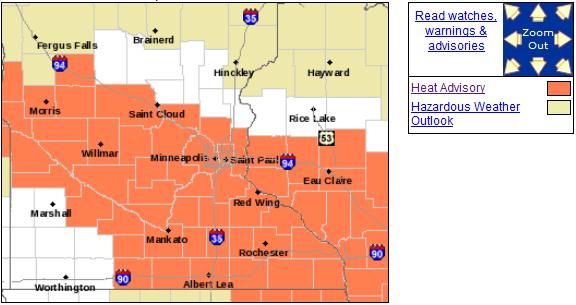"...
As of 2003, 153 million Americans lived in coastal counties
— an increase of 33 million since 1980— and 3.7 million lived within a
few feet of high tide. The cost of the storms and the damage and
destruction that follows will grow, unless we can create a much more
resilient society..." - from a Time Magazine online article; details below.
"...
Munich RE, the world's largest reinsurer, found that
weather-related loss events in North America have quintupled in the
last three decades, growing faster than anyplace in the world.." - from a
Huffington Post story; details below.
Hot Front
This week has been a sharp, atmospheric retort
to those of us who doubted we'd see a "real summer" this year. Spring
was tortured. When a 10 foot wall of ice pushed onto our Pelican Lake
shoreline on May 12 I seriously wondered if we would ever thaw out.
A treadmill of tropical warm fronts sparked the third wettest January - June period across Minnesota in 119 years. Lakes are brimming, rivers are gushing - and mosquitoes are chuckling.
Today should be the last (stinking hot) day this
week; 92-95F with a heat index pushing 100F by late afternoon.
Antiperspirant levels of heat, but not as brutal as last summer.
A wind shift to the northwest begins to cool us
off Friday; Saturday will be a rare breath of fresh air as dew points
dip into the 50s. More T-storms fire late Saturday night & Sunday
morning. We may salvage a partly sunny Sunday afternoon. The most
reliable models (oxymoron) keep the worst of the heat just south of
Minnesota next week. We'll see.
In my weather blog today (below): A low-tech,
non-chemical way to keep mosquitoes away, a video that shows why you
can't leave kids and pets in hot cars, and the 27th anniversary of the
infamous 1986 Brooklyn Park tornado, covered live by KARE-11. Yes, that
still brings back strong memories...
Heat Advisory. Today is the last day of sauna-like heat, with a late afternoon heat index approaching 100F. Details from
The National Weather Service:
...HEAT ADVISORY REMAINS IN EFFECT UNTIL 9 PM CDT THURSDAY...
A HEAT ADVISORY REMAINS IN EFFECT UNTIL 9 PM CDT THURSDAY.
* TEMPERATURES: AFTERNOON HIGHS IN THE LOWER TO MIDDLE 90S WITH
HEAT INDICES NEAR 100 DEGREES. OVERNIGHT LOWS IN THE LOWER TO
MIDDLE 70S.
* IMPACTS: THE PROLONGED HOT AND HUMID CONDITIONS WILL LEAD TO A
HEIGHTENED RISK OF HEAT RELATED STRESS AND ILLNESS...
ESPECIALLY FOR THE YOUNG AND ELDERLY...AND THOSE WITHOUT AIR
CONDITIONING.
PRECAUTIONARY/PREPAREDNESS ACTIONS...
A HEAT ADVISORY MEANS THAT A PERIOD OF HOT TEMPERATURES IS
EXPECTED. THE COMBINATION OF HOT TEMPERATURES AND HIGH HUMIDITY
WILL COMBINE TO CREATE A SITUATION IN WHICH HEAT ILLNESSES ARE
POSSIBLE. DRINK PLENTY OF FLUIDS...STAY IN AN AIR CONDITIONED
ROOM...STAY OUT OF THE SUN...AND CHECK UP ON RELATIVES AND
NEIGHBORS.
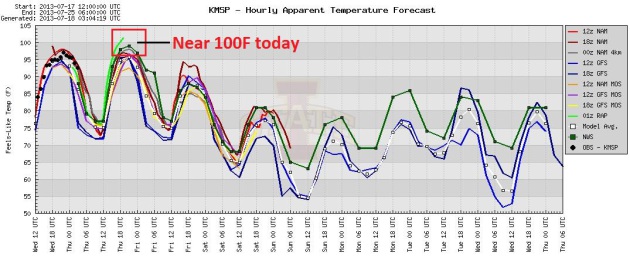
One More Unpleasantly Hot Day. Today will bake the
impurities right out of you! Hot yoga for everyone! OK. I'm not buying
any of that either. Models are converging on an afternoon heat index in
the upper 90s to 102F range (RAP model is hottest once again). We start
to feel some relief by Friday afternoon, dew points dipping into the
50s by Saturday.
Doldrums of Summer. The 84 hour NAM model, courtesy
of NOAA, shows heavy T-storms drifting from east to west across Texas
into New Mexico and Arizona, helping to temporarily lower the wildfire
risk. North of a sprawling heat ridge of high pressure a southbound cool
front brings relief to the far northern tier states, setting the stage
for a thundery tug-of-war from Saturday night into much of next week.
Extended Outlook: Cooler (And Stormier) Next Week.
Latest models, including ECMWF (above) suggest the worst of the
blast-furnace heat will stay just south of Minnesota next week. Great
news right? Pick your poison. Being on the northern edge of this
heat-pump high puts Minnesota in a favored zone for numerous T-storms
next week. In fact storms may drift in Saturday night and Sunday, a few
more rounds of strong to severe T-storms next week.
How Fast Can The Sun Heat A Car? Here is why you can't leave kids (or pets) in a vehicle for even a blink of an eye. Details from
NOAA: "...
The
sun's shortwave radiation (yellow in figure below) heats objects that
it strikes. For example, a dark dashboard or seat can easily reach
temperatures in the range of 180 to over 200°F. These objects (e.g.,
dashboard, steering wheel, child seat) heat the adjacent air by
conduction and convection and also give off longwave radiation (red in
figure below) which is very efficient at warming the air trapped
inside a vehicle. Shown (above) are time lapse photos of thermometer
readings in a car over a period of less than an hour. As the animation
shows, in just over 2 minutes the car went from a safe temperature to
an unsafe temperature of 94.3°F. This demonstration shows just how
quickly a vehicle can become a death trap for a child..."
1 Meteorologist, 1 Car 1 Super Hot Day - See What Happens.
WeatherBug is one of our partners, and meteorologist Jacob Wycoff
conducted an experiment to see how fast his car would heat up. I'm
continually amazed by the number of people who believe it's OK to leave
kids or pets in a car for a few minutes while they run errands. Bad
idea. Every year too many children succumb to the heat, strapped in car
seats, their parents oblivious to the risk they're in. Check out this
must-see video clip from
WeatherBug: "
On average, 38 children die in hot cars each year from heat-related deaths after being trapped inside motor vehicles.
Even the best of parents or caregivers can unknowingly leave a
sleeping baby in a car; and the end result can be injury or even death.
Not only are children often left in vehicles, but so are pets and the
elderly!..."
27 Year Anniversary Of The July 18, 1986 Brooklyn Park Tornado.
I still get goosebumps when I see this video, the 5 PM newscast on July
18, 1986, when a nearly stationary (white) tornado formed over the
Springbrook Nature Center in Brooklyn Park. There were no watches or
warnings in effect, but just enough instability to spin up an F-2
tornado. It's still a minor miracle that nobody was injured or killed
during this event, covered live by KARE-11 and Sky 11, the station's
chopper that flew around the tornado vortex, sending back incredible
imagery that had the state and much of the nation spellbound. You can
watch the entire newscast at
TC Media Now. For the record, this is their description, not mine: "
The
weather event that made KARE and Paul Douglas world famous (and
respected). While shooting overhead footage of the Minneapolis
Aquatennial on a hot, muggy day on July 18, 1986, New11 pilot Max
Messmer and photographer Tom Empy discovered and shot live video of a
tornado moving through Brooklyn Park. Paul Magers, Kirstin Lindquist and
Paul Douglas provided live coverage during some fo the most vivid
pictures of a tornado ever shot and broadcast live."
90-Degree Days In The Twin Cities. On average MSP
picks up about 14 days at or above 90 during a typical summer. Last
year: 31, the record is 44 days back in 1988. Source:
Twin Cities National Weather Service.
Keeping Your Cool - Retrograding Weather Systems - Why High Dew Points Increase Heat Risk. That's a lot to jam into a 2:30 YouTube segment, but I'm going to give it a try. Here's more on today's installment of
Climate Matters: "
Just
like we read left to right, most weather systems move left to right
(West to East). Right now however, the weather pattern is out of
whack, moving East to West, creating a monster tropical heatwave for a
big chunk of the U.S. WeatherNation Chief Meteorologist Paul Douglas
has more on the rare retrograde weather pattern and why it's important
to take the heat seriously, but not lose your sense of humor."
 Why Do We Sweat More In High Humidity?
Why Do We Sweat More In High Humidity? When there's a
lot of water already in the air (days with a dew point above 70F) your
body has a much tougher time cooling itself naturally, by evaporating
sweat off your skin. You're more likely to overheat, with unpleasant
and even dangerous implications. Here's an excerpt of a good
explanation of what happens from
MIT's School of Engineering: “
When it’s humid, I’m drenched,” says Patricia Christie, a lecturer in MIT’s Experimental Studies Group who teaches The Chemistry of Sports.
Some research studies do suggest that the human body sweats more as
humidity increases, while others suggest that sweat eventually
decreases. But what’s really sopping Christie is that the sweat’s just
not evaporating as fast. Normally, the body cools itself by opening
pores on the skin and releasing water and salts. As the water
evaporates, it transfers the body’s heat to the air. Because water has a
high latent heat, which is the heat required to change liquid water
to vapor, this process usually carries away enough heat to do a good
job of cooling the body.”It’s a fabulous system,” says Christie. But
the rate at which water—or in this case, sweat—evaporates depends on
how much water is already in the air. On dry days, sweat evaporates
quickly, which means it also carries away heat faster. On humid days,
when the air is already saturated with water, sweat evaporates more
slowly..."
A Low-Tech Mosquito Deterrent. Forget chemicals, candles, even Skin So Soft - a simple fan may work wonders. Here's a clip from a story at
The New York Times (subscription may be required for full text) that caught my eye: "...
But
our friends had come up with a solution that saved us from having to
deal with bug repellents or, worse, bites and itches. On a low table,
they set up a small electric fan, perhaps 12 inches high, that swept
back and forth, sending a gentle breeze across the grassy area where
people were sitting. That was it. No citronella candles, no bug zappers,
no DEET, nothing expensive or high-tech. Yet amazingly, it worked. As
far as I could tell, no mosquitoes flew into the vicinity of the
simulated wind; nobody was bitten..." (Photo credit
here).
Why Do Mosquitoes Bite Some People More Than Others.
Because, face it, some of us aren't very sweet, right? Wrong answer.
If you're pregnant, have Type O blood, love to exercise, wear bright
colors or just want to enjoy a beer in the great out of doors, you may
be out of luck. Here's a clip from an article at
Smithsonian.com that delves into this question:
"You
come in from a summer hike covered with itchy red mosquito bites,
only to have your friends innocently proclaim that they don’t have any.
Or you wake up from a night of camping to find your ankles and wrists
aflame with bites, while your tentmates are unscathed. You’re not
alone. An estimated 20 percent of people,
it turns out, are especially delicious for mosquitoes, and get bit
more often on a consistent basis. And while scientists don’t yet have a
cure for the ailment, other than preventing bites with insect
repellent (which, we’ve recently discovered, some mosquitoes can become immune to over time), they do have a number of ideas regarding why some of us are more prone to bites than others..."
Photo credit above: "
Blood type, metabolism, exercise, shirt color and even drinking beer can make individuals especially delicious to mosquitoes." Photo by Flickr user
Johan J. Ingles-Le Nobel.
Will The U.S. Embrace Earthquake Early Warning Systems? It
may only be a few seconds, but that could be just enough time to save
countless lives when The Big One strikes. Details in this excerpt from a
story at
Emergency Management: "
In
the minutes before a deadly tornado struck Moore, Okla., earlier this
year, sirens wailed, warning of the imminent threat. That advance
notice that gave residents extra time to take cover, and may have been
the difference between life and death. But early warning technology
isn’t restricted to tornadoes. California researchers are developing a
similar system for earthquakes. While the technology makes sense to
deploy in seismically active regions in the West, experts believe the
system could be an even more important priority for the eastern states.
Unlike the West Coast — which has many fault lines that break up the
Earth’s crust and stunt how the quake’s energy is transmitted — the East
Coast is made up of harder, less active and colder ground, which
enables energy waves released by earthquakes to travel further..." (Photo credit: Shutterstock).
"Brown Ocean" Can Fuel Inland Tropical Cyclones.
It's been meteorological gospel: tropical systems weaken as they move
inland, starved for moisture that only the oceans (or Gulf of Mexico)
can provide. Right? Wrong. Scientists have discovered a new type of
tropical storm capable of strengthening for a time over land. I had no
idea. Here's an excerpt from
NASA: "
In
the summer of 2007, Tropical Storm Erin stumped meteorologists. Most
tropical cyclones dissipate after making landfall, weakened by
everything from friction and wind shear to loss of the ocean as a source
of heat energy. Not Erin. The storm intensified as it tracked through
Texas. It formed an eye over Oklahoma. As it spun over the southern
plains, Erin grew stronger than it ever had been over the ocean. Erin is
an example of a newly defined type of inland tropical cyclone that
maintains or increases strength after landfall, according to
NASA-funded research by Theresa Andersen and J. Marshall Shepherd of the
University of Georgia in Athens. Before making landfall, tropical
storms gather power from the warm waters of the ocean. Storms in the
newly defined category derive their energy instead from the evaporation
of abundant soil moisture – a phenomenon that Andersen and Shepherd
call the "brown ocean." "The land essentially mimics the moisture-rich
environment of the ocean, where the storm originated," Andersen said..."(Radar loop above: Weather Underground).
McCain, Flake Introduce Bill To Reduce Wildfire Risk.
Azcentral.com has the story; here's the intro: "
U.S.
Sens. John McCain and Jeff Flake of Arizona introduced a bill on
Tuesday that would give federal agencies greater incentive to contract
with companies to harvest trees and other vegetation that fuels
wildfires. The Republican senators’ legislation comes in the wake of
the deadly Yarnell Hill Fire, which killed 19 firefighters from the
Granite Mountain Hotshots and destroyed more than 100 homes and
buildings. That fire burned primarily on state and private land but was
fueled in part by overgrown vegetation. The bill would grant the U.S.
Forest Service and the Bureau of Land Management flexibility when
holding funds in reserve to cover the cost of canceled contracts with
timber companies and other businesses..." (Photo credit: Grand Junction, CO office of the National Weather Service).
 Surviving The Inevitable Summer Power Outage
Surviving The Inevitable Summer Power Outage. Here's an excerpt of a story at
Popular Mechanics with some interesting details and data nuggets: "
Summer
is blackout season - when heat waves bring on extra air-conditioning
use, and extra air-conditioning use taxes the power grid and leads to
rolling blackouts. And while the power grid in the U.S. is relatively
stable—99.9 percent stable if you factor out weather-related outages,
according to the Electric Power Research Institute—power outages are a
year-round fact of life. A growing population, along with more homes
that cover more area, has meant that hurricanes, wildfires, and other
disasters impact more people and have led to a staggering increase in
power outages. According to Dr. Massoud Amin, a professor of
electrical and computer engineering at the University of Minnesota,
500,000 people per day in the U.S. lose power for at least two hours.
Between 2005 and 2010 there were 272 power outages that each affected
more than 50,000 people. In 2011 alone there were 136 weather-related
power outages that snuffed out 178 million meters. The economic toll
is equally intense, costing between $80 billion and $188 billion
annually..."
Photo credit: Matt Sledge/Flickr.
Air Pollution Causes Millions Of Deaths Each Year. Why Do We Let It Happen? EmaxHealth has the story; here's the introduction: "
Air
pollution that is implicated for a number of health issues including
cardiovascular disease, stroke and respiratory ailments is found in a
new study to kill more than 2 million people annually. The question is
why do we let it happen? The finding, published in the Journal of Environmental Health,
highlights the need for community and individual actions to protect
human health that we should all take seriously. Smog that comes from the
ozone layer contributes to premature death from inhalation of fine
particulate matter resulting in inflammation – the root cause of
disease..."
Here's All The Evidence That Apple Is Making An Actual TV - And The Remote Will Likely Be Your Hand.
Quartz has the story; here's the intro: "
Apple today tipped its hand on a number of likely features for its long-awaited television product. The new details suggest that Apple is actually working on an all-in-one television set, in addition to new features for its existing Apple TV set-top box.
They also suggest that Apple will justify selling such a device by
creating an integrated user experience not seen in other televisions.
Acquisition of gesture-based control company PrimeSense
The first reveal came from Apple reportedly offering $280 million for the Israeli company PrimeSense, which created the motion sensing technology first used in Microsoft’s Kinect sensor. PrimeSense’s technology, which “sees” everything in front of its sensor in three dimensions, can be used for everything from 3D scanning the insides of buildings to giving sight to industrial robots. But that’s not why Apple wants PrimeSense..."
Photo credit above: "
Televisions won't seem so commodified once Apple marks them up by 30%." AP/Fang Yingzhong
 What State Is At The Highest Risk For A Real "Sharknado"?
What State Is At The Highest Risk For A Real "Sharknado"?
Wait, you didn't catch this movie on the SyFy Channel last week? I've
seen a lot of things in my 40 year weather career, but a tornado
brimming with sharks isn't one of them. Not yet. Will climate change
bring Sharknadoes to Florida in the years to come? We can only hope.
Here's a "story" from
Film School Rejects that made me laugh.
And You Thought Your Beach Was Crowded. The U.K. is baking under intense heat as well; details from
The Atlantic: "Crowds fill the beach near Brighton Pier during the hot, sunny weather in Brighton Southern England, on July 7, 2013."
(Reuters/Luke MacGregor).
Paypal Randomly Credits Man With $92,000,000,000,000,000. That's 92 quadrillion dollars. Not a bad way to start the day.
Gizmodo has the details; here's the intro: "
PayPal just made
56-year-old Chris Reynolds a quadrillionaire. Yes, a quadrillionaire.
For a little while, anyway. When Reynolds opened his monthly email
account update on Friday, he was pleasantly surprised with a balance of
$92,233,720,368,547,800—922,337,203,685,478 times more than the $100
or so worth of transactions he usually does per month on PayPal. And
very obviously some sort of mistake..."
Climate Stories...
Why Don't Farmers Believe In Climate Change? Many
farmers do acknowledge the science, at least the ones I've talked to in
southern Minnesota. A natural cycle? We'll see, but many of these
farmers are seeing the effects of heavier summer rains and crazier
extremes ("weather whiplash") in their fields. They may not believe
climate scientists, but they tend to believe their own eyes. Here's an
excerpt from
Slate.com: "...
When
Iowa State University sociologists polled nearly 5,000 Corn Belt
farmers on climate change, 66 percent believed climate change is
occurring, but only 41 percent believed humans bore any part of the
blame for global warming. It's not just the Corn Belt: Farmers across
the country remain skeptical about climate change. When asked about it,
they tell me about Mount Pinatubo
and weird weather in the 1980s, when many of today's most established
farmers were getting their starts. But mostly I hear about cycles in
the weather, like the El Niño–La Niña cycle that drives big changes in
North American weather. Maybe it's because farmers are uniquely exposed
to bad weather, whether too hot or too cold. Almost any type of
weather hurts some crop; the cereals want more rain, but the sweet
potatoes like it hot and dry..."
The Costs Of Climate Change And Extreme Weather Are Passing The High Water Mark.
Time Magazine online has the story - here's a clip: "
Hurricane
Sandy cost the U.S. some $70 billion in direct damages and lost
economic output. This is, obviously, a lot of money — Sandy was the second most expensive
hurricane in U.S. history after a small tropical storm called Katrina.
Much of that cost was borne by the government — local, state and
federal — and some of it was absorbed by those of us who lived in the
storm’s path. But about $20 billion to $25 billion of the damage from
the storm was eventually covered
by the insurance industry. Much of that bill in turn was covered by
the big reinsurers, the companies that take on insurance policies from
primary insurance companies looking to spread out their risk. And if
you were an insurance company affected by Sandy, you better hope you
had a reinsurer behind you..."
Addressing Climate Change Grows Our Economy, Creates Jobs.
I couldn't agree more. Whatever jobs are lost in carbon-intensive
energies will more than be replaced by non-carbon, non-polluting ways to
keep the lights on, tapping something America does better than any
country on the planet: innovation. Here's a clip from
Huffington Post: "...
Over
the last four years, we've doubled the electricity we get from wind
and solar. We've seen dramatic increases -- and dramatic savings --
from efficiency in our automobiles, buildings and appliances. Along the
way, we've created more than 3.4 million jobs in renewable energy,
energy efficiency and related fields, and injected billions of dollars
into our economy in clean energy investments and energy efficiency
savings. These jobs are being created in every corner of our country. My
organization, Environmental Entrepreneurs (E2),
tracked more than 300 clean energy and clean transportation job
announcements nationwide last year that are expected to create more than
110,000 made-in-America jobs -- jobs growing next-generation biofuels
in places like Iowa; jobs building solar panels in North Carolina and
jobs creating next-generation battery technology in Michigan and
California..."
Which Makes More Sense? It's actually 97% of peer-reviewed, published climate scientists, worldwide. Credit
here.

